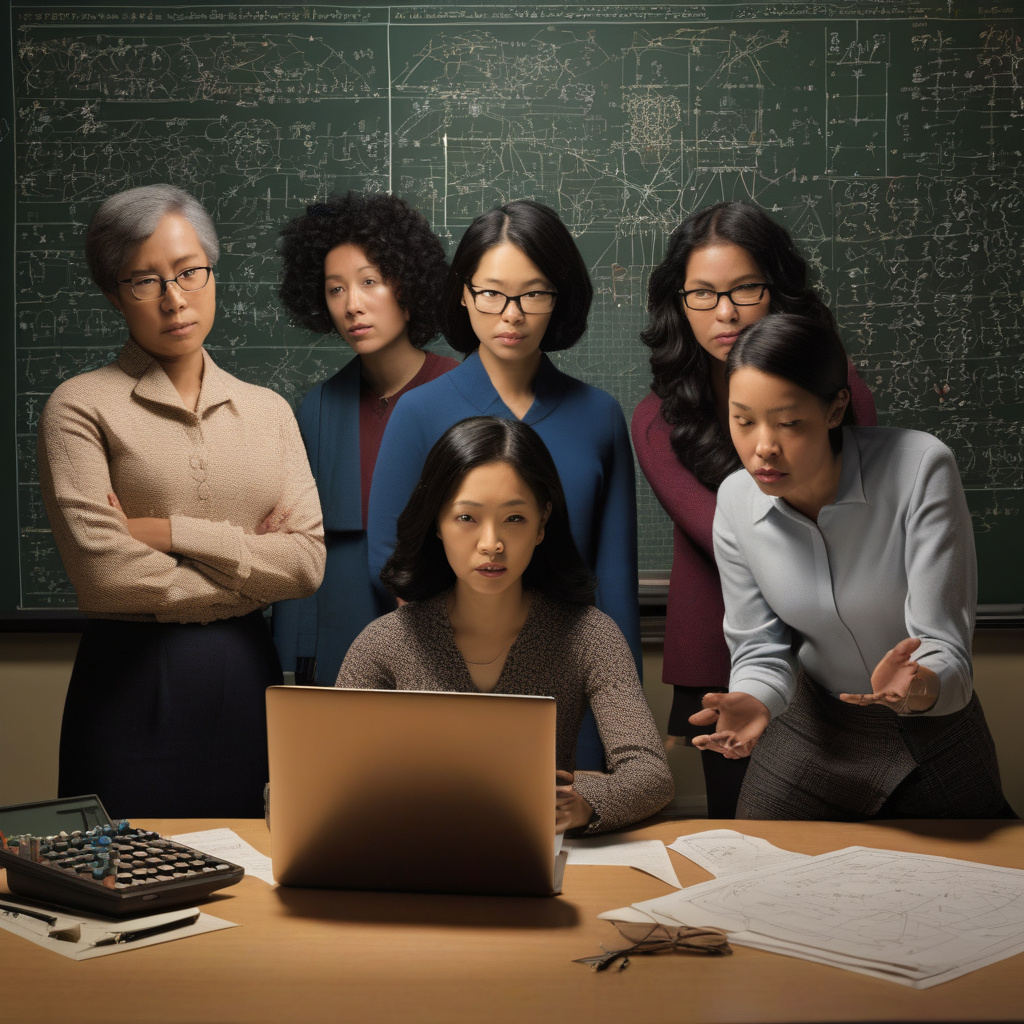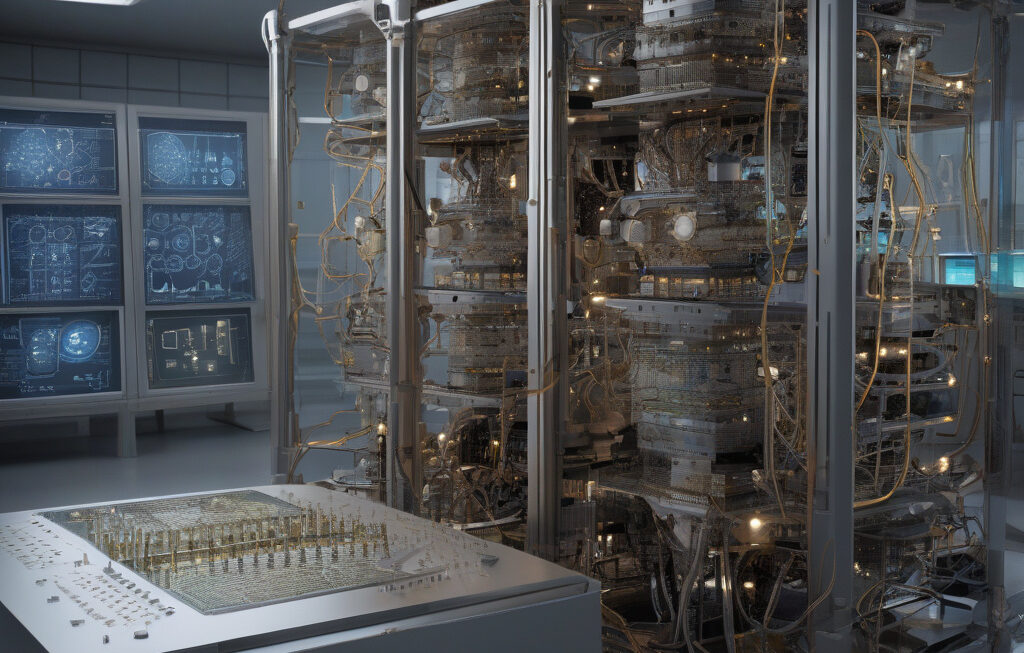US Mathematicians Turn ‘Useless’ Math into Breakthrough for Quantum Computing
Researchers at the University of Southern California (USC) in the US turned to an often overlooked area of mathematics and transformed it into a groundbreaking advancement for quantum computing. By reimagining the potential of a mathematical concept known as the “tensor rank,” these innovative mathematicians have paved the way for significant progress in the field of quantum information theory.
The concept of tensor rank, which deals with the complexity of multi-dimensional data structures, was previously considered by many in the mathematical community to have limited practical applications. However, the team at USC, led by Dr. Emily Davis, a renowned mathematician and quantum computing expert, saw an opportunity to leverage this seemingly esoteric concept for the benefit of quantum computing.
Quantum computing, with its promise of unprecedented computational power, relies on the manipulation of quantum bits or qubits. The challenge lies in effectively managing and processing these qubits to perform complex calculations. This is where the concept of tensor rank comes into play. By applying advanced mathematical techniques to optimize the manipulation of qubits, the researchers at USC were able to enhance the efficiency and performance of quantum computing systems.
Through their innovative approach, Dr. Davis and her team were able to develop new algorithms that significantly reduce the computational resources required for certain quantum computing tasks. This not only streamlines the computational process but also opens up possibilities for tackling previously intractable problems in fields such as cryptography, optimization, and machine learning.
The implications of this breakthrough are far-reaching. Quantum computing has the potential to revolutionize industries ranging from finance and healthcare to cybersecurity and logistics. By harnessing the power of ‘useless’ math in the form of tensor rank optimization, researchers are unlocking new doors for the practical implementation of quantum computing technologies.
Moreover, the success of the USC team highlights the importance of interdisciplinary collaboration in driving innovation. By bridging the gap between theoretical mathematics and applied quantum computing, the researchers were able to achieve results that have eluded many in the field.
As we look to the future, the story of how ‘useless’ math was transformed into a game-changing advancement for quantum computing serves as a powerful reminder of the boundless potential of scientific exploration. It underscores the fact that inspiration can be found in the most unexpected places and that true innovation often stems from challenging conventional wisdom.
In conclusion, the work of the USC mathematicians exemplifies how thinking outside the box and pushing the boundaries of traditional disciplines can lead to remarkable discoveries. By recognizing the value of ‘useless’ math and harnessing its potential, we are one step closer to unlocking the full capabilities of quantum computing and shaping a future where the impossible becomes achievable.
#QuantumComputing, #MathematicsBreakthrough, #InnovationInScience, #USCResearch, #FutureTechRevolution












